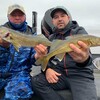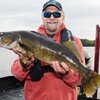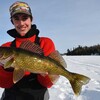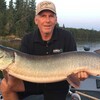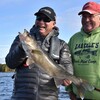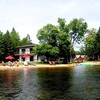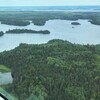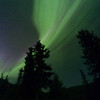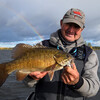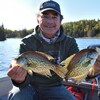
An Amazing New Technique for Northern Pike
Some of the best fish catches and top techniques come not as a result of hard work, toil and constant experimentation but rather from pure unadulterated good luck. And so it is with the latest new winter pike pattern to hit the Northern Ontario ice scene.
My good buddy, Jeff Matity comes over to Sunset Country to fish with me every chance that he gets. Jeff’s a fisheries biologist in Saskatchewan who is among the top burbot researchers in the country. He is so knowledgeable about the biology, habits and habitat of the fascinating freshwater cod that he was the very first guest on our recently launched Doc Talks Fishing podcast.
And it was during the inaugural show that he spilled the beans on an unbelievably effective new pike technique that will work on all of your favourite waters from Lake Simcoe, to Lake Nipissing, to Lake Temagami, to Lake of the Woods and everywhere else in between. And the best time to put it into effect is right now, during the last month or so of the ice fishing season.
As Matity explains, the burbot is the only fish in Ontario that spawns in shallow ice cold water right under the ice. Big female burbot will often drop down into 50 or 60 feet of water during the day, feed heavily and then go straight back up to the shallow water nurseries where they will spawn. She will often do this repeatedly, making several back-and-forth forays, before completely depositing up to three million eggs. But the egg-laying sessions are anything but tranquil because all of those luscious golden eggs are like caviar to the hordes of ciscoes that pester the spawning burbot, driving them crazy stealing their eggs.
“When the burbot is spawning,” says Matity, “the ciscoes are there relentlessly. What the ciscoes do, and is an amazing strategy because the burbot is oriented to the bottom where the eggs are and where they’re going to spawn. The ciscoes will go right up underneath the ice and then straight down to feed until they’re kicked out. Then they go straight back up. They do this all day long and it is just agonizing for the burbot.”
So, I am sure you are wondering now, where does the giant pike come in? Well, let’s let Matity answer.
“Pike are the only fish that burbot can’t intimidate. The burbot will swarm a pike and it will be like, if one of them is small enough the pike will eat him. But the pike is oriented to the burbot spawn because those ciscoes are sitting right there. The ciscoes are right under the ice where the pike can jump them. Because burbot are the only ones spawning under the ice, it is an event. It is a banquet and everybody is taking advantage of it. That is just the way it works. That is why all species are so important to the big picture.”
Alright, we’ve now located some exciting new locations on our favourite lakes to catch the giant northern pike. What lures do we use and how do we present them? Remember when I said it was better to be lucky than good? Well, Matity started using muskie-size baits to mimic the ciscoes that are harassing the burbot. And the burbs got frantically mad and attacked it with reckless abandon. But so did the giant pike.
“Jon Bondy makes a heck of a burbot lure,” chuckles Matity. “He has no idea it's a burbot lure. The Junior Wabler weighs 4.4 ounces, is six inches long and has a #8 Colorado blade on the back. It is the ultimate decoy. It is not only a decoy, it is a hook bait. The Bondy is without question the best burbot decoy .… and pike bait."
“The first time it happened, this pike came in out of nowhere and just t-boned it. As I said, the pike are there to hunt ciscoes, so you’re going to cross paths with all these big pike. My biggest pike to date through the ice was a 46 incher that hit the Bondy. I was burbot fishing and this 46-inch pike came in, exercised her authority and just crushed that thing.”
Like I said, it is better to be lucky than good.
(To listen to the entire Doc Talks Fishing podcast with Jeff Matity, just click HERE)
Recommended Articles
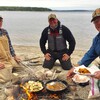
Lac Seul Lunkers
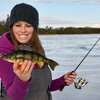
Ice Perchin’ Ontario
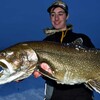
Year of the Trout
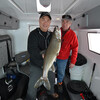
Gearing up for Ice Fishing

Sweet Spot Season
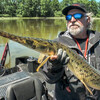
Stalking Prehistoric Long Nose Gar
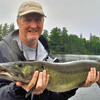
Merkel's Camp
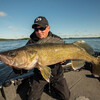
Eagle Lake Island Lodge

Dropshot the Shallows

Muskie Myths Part 2
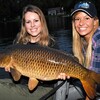
Fishing Carp

Laurentian Lodge - Something for Everyone!
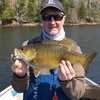
Birchland Cottages
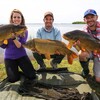
Igniting the Spark
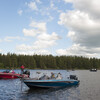
Magpie Reservoir

Eagle Lake Lodge: A Muskie Angler's Paradise
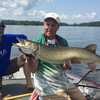
French River Fever
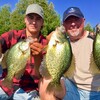
Manotak Lodge



